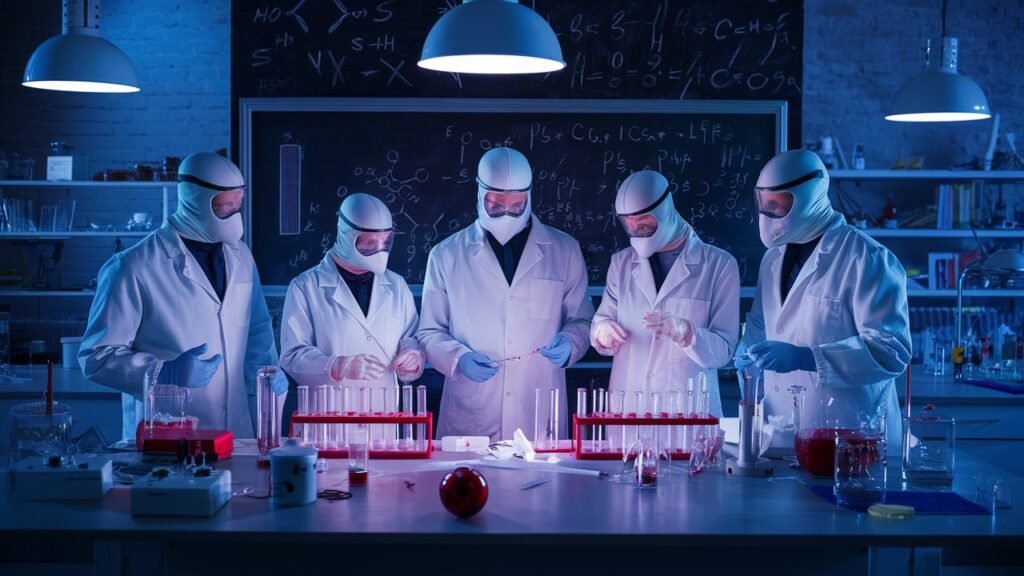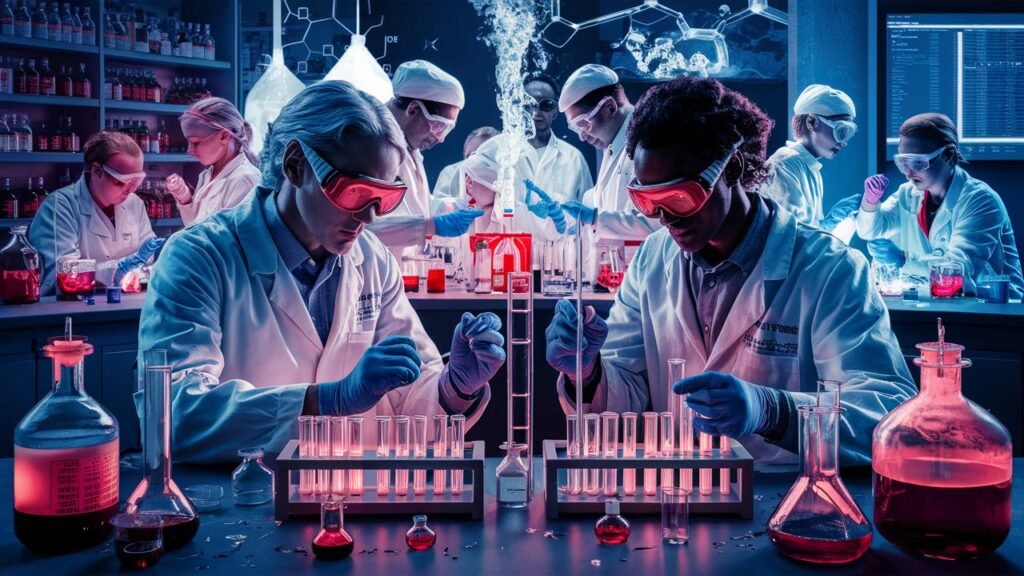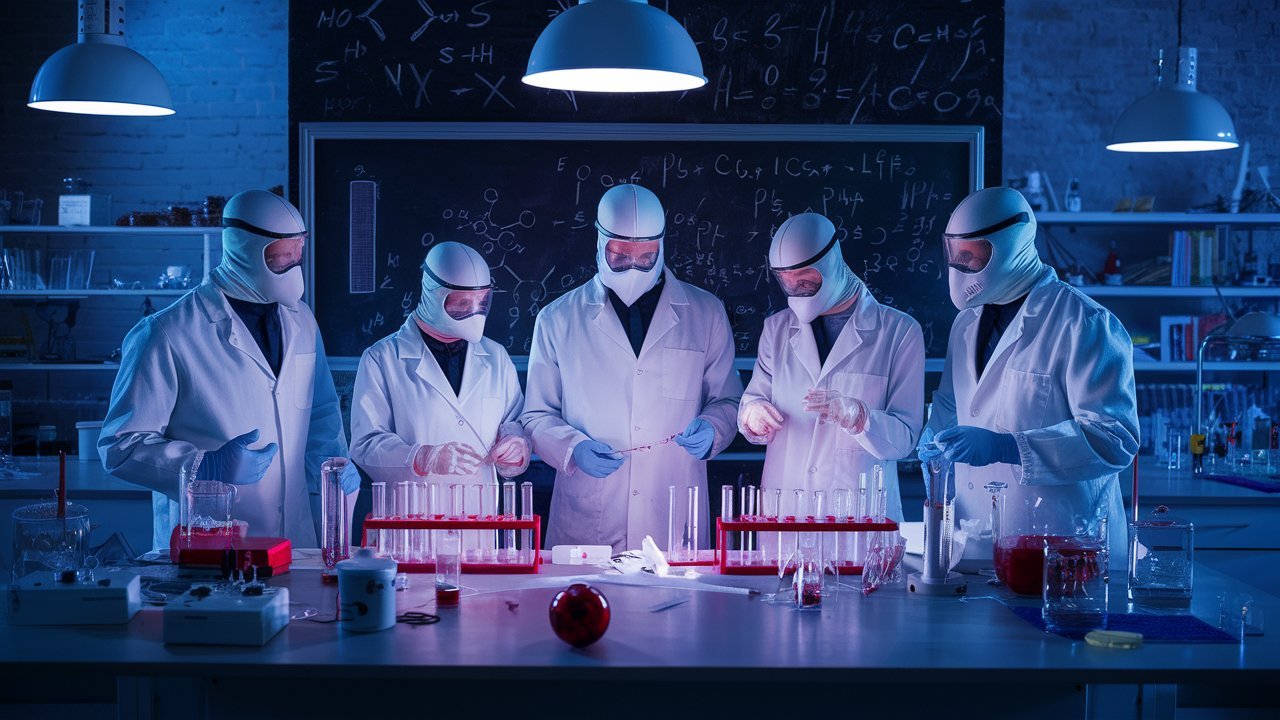In the bustling environment of a chemistry laboratory, safety is paramount. Accidents can happen, and being prepared is the key to mitigating their impact. This comprehensive guide explores the essential emergency equipment usually found in a chemistry laboratory, ensuring both professionals and students understand their significance and usage.

Emergency Equipment Usually Found in a Chemistry Laboratory
Emergency Showers and Eyewash Stations
In the event of chemical splashes or exposure to hazardous substances, emergency showers and eyewash stations are crucial. These fixtures provide immediate relief by rinsing off chemicals from the body or eyes, preventing further damage.
Fire Extinguishers
Chemical reactions can sometimes lead to fires, making fire extinguishers indispensable. Class ABC extinguishers are commonly used in chemistry labs as they can tackle fires fueled by ordinary combustibles, flammable liquids, and electrical equipment.
Safety Goggles
Protecting the eyes is vital in a chemistry lab where various substances are handled. Safety goggles shield the eyes from chemical splashes, fumes, and flying debris, reducing the risk of injuries and chemical exposure.
Chemical Spill Kits
Accidental spills are inevitable in a chemistry lab, but their impact can be minimized with chemical spill kits. These kits contain absorbents, neutralizers, and protective gear to safely contain and clean up spills, preventing environmental contamination and health hazards.

Fume Hoods
Fume hoods are essential for containing and ventilating hazardous fumes, vapors, and gases generated during experiments. By creating a negative pressure environment, fume hoods protect laboratory personnel from inhaling toxic substances, ensuring a safe working environment.
Emergency Gas Shut-off Valves
In the event of a gas leak or malfunctioning equipment, emergency gas shut-off valves allow for the quick isolation of gas lines, preventing potential accidents and ensuring the safety of laboratory occupants.
First Aid Kits
Minor injuries such as cuts, burns, or punctures can occur in a chemistry lab. First aid kits stocked with bandages, antiseptics, and other medical supplies enable prompt treatment of injuries, reducing the risk of complications and promoting a speedy recovery.
Personal Protective Equipment (PPE)
Wearing appropriate PPE is essential for personal safety in a chemistry lab. This includes lab coats, gloves, and closed-toe shoes to minimize exposure to chemicals and physical hazards, safeguarding against injuries and contamination.
Emergency Response Plan
An effective emergency response plan outlines procedures to follow in the event of accidents, spills, or other emergencies. Regular training and drills ensure that laboratory personnel are prepared to respond quickly and effectively, minimizing risks and ensuring everyone’s safety.
Gas Detection Systems
Gas detection systems monitor the air for hazardous gases, providing early warning of potential leaks or accumulation of toxic substances. By alerting laboratory staff to unsafe conditions, these systems help prevent accidents and ensure a safe working environment.
Safety Signs and Labels
Clear and concise safety signs and labels communicate hazards, precautions, and emergency procedures to laboratory personnel. By raising awareness and promoting safe practices, these visual cues enhance safety and prevent accidents in the lab.
Emergency Contact Information
Having readily accessible emergency contact information, including phone numbers for emergency services, campus security, and poison control centers, is essential for prompt assistance during emergencies in the lab.
Backup Power Supply
Unforeseen power outages can disrupt experiments and compromise safety in a chemistry lab. Backup power supplies, such as uninterruptible power supplies (UPS) or emergency generators, ensure continuity of critical operations and maintain safety systems during emergencies.
FAQs (Frequently Asked Questions)
- How often should emergency equipment be inspected and maintained? Emergency equipment should be inspected regularly, typically on a monthly basis, to ensure proper functioning and readiness for use in emergencies.
- What should I do if I accidentally spill a chemical on myself? If you spill a chemical on yourself, immediately rinse the affected area with water for at least 15 minutes and seek medical attention if necessary.
- Are there specific guidelines for disposing of chemical waste in the laboratory? Yes, chemical waste should be disposed of according to established protocols and regulations to prevent environmental contamination and ensure safety.
- What type of fire extinguisher should I use for a small laboratory fire? For small laboratory fires involving flammable liquids or electrical equipment, a Class ABC fire extinguisher is recommended.
- How can I protect myself from inhaling toxic fumes in the laboratory? Wearing a properly fitted respirator or working in a ventilated fume hood can protect against inhaling toxic fumes and gases in the laboratory.
- What steps should I take in case of a gas leak in the laboratory? In the event of a gas leak, evacuate the area immediately, alert others, and notify emergency services. Do not re-enter the area until it has been deemed safe by qualified personnel.
Conclusion
In a chemistry laboratory, preparedness is key to ensuring the safety of personnel and the integrity of experiments. By understanding the importance of emergency equipment and following established safety protocols, laboratory professionals and students can create a safe working environment conducive to scientific discovery and innovation.

